Samsung Galaxy Z Flip 4 Re-examined: It's Time for Innovation


With the close-at-hand release of the fifth generation Z Flip, we decided to revisit our review of the Galaxy Z Flip 4. In 2022, Samsung opted to implement minor improvements to the series, which left some fans feeling frustrated. So before we see what's in store for the series next week, I invite you to revisit our Galaxy Z Flip 4 review and reflect on our expectations—which may align with yours.
Good
- Amazing form factor
- Incredibly small and handy
- Improved durability and IPX8 rating
- 120Hz AMOLED screen is shiny
- Great improvement in battery life
Bad
- A dragon on a leash (limited performance)
- No telephoto camera
- Slow charging solutions
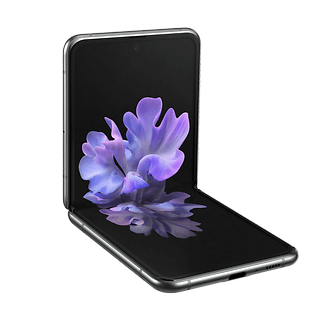
Looking Back at the Samsung Galaxy Z Flip 4
The Galaxy Z Flip 4 was announced almost a year ago with a starting price of $999. According to Keepa, an online price database, the phone's lowest recorded price on Amazon.com overtime was $899. This is the price for the 128 GB variant.
In my previous review of the Galaxy Z Flip 4, despite retaining its predecessor's good qualities, my opinion of the device wasn't particularly positive. At that time, Samsung didn't face significant competition in the clamshell-type foldable category and opted for minimal innovation. The company played it safe and made only a few tweaks, which, to be honest, didn't really differentiate it from the Galaxy Z Flip 3.

Now, I've revisited some performance benchmarks and software additions to understand how this smartphone feels after 12 months in the market. I suggest you review each section of this piece or even skip to the updated sections, such as software and hardware, before arriving at the new conclusion of this test.
Given that the Galaxy Z Flip 5 is set to be announced on Wednesday, July 26, I aim to answer two questions today:
- How does the Galaxy Z Flip 4 compare to the competition 12 months later?
- What areas do the next generation need to improve on?
Design and Display
The Samsung Galaxy Z Flip 4 is incredibly compact. When folded, the smartphone measures 17.1 millimeters, making it thicker than a normal non-foldable device, but fits in the palm of your hand perfectly. When fully opened, the smartphone with its 6.7-inch display is as big as a regular smartphone from the year 2022. However, it is relatively thin at 6.9 millimeters.
Pros:
- Amazing form factor.
- Incredibly small and handy.
- Improved durability and IPX8 rating.
- The 120 Hz AMOLED screen is wonderful to look at.
Cons:
- The display crease is (still) prominent.
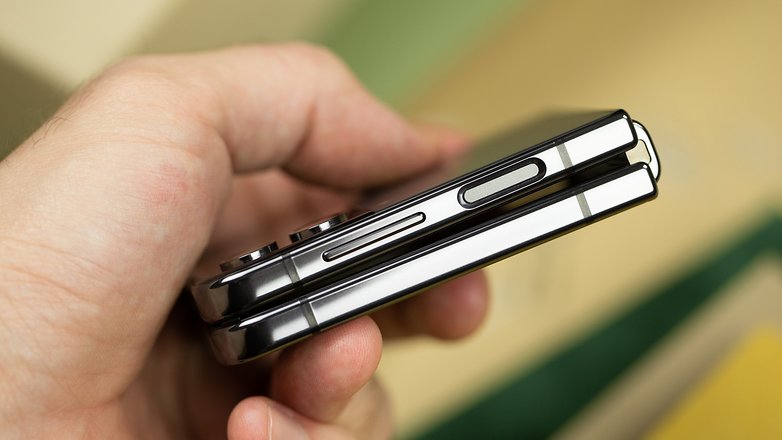
Compared to its predecessor, the Z Flip 4 has improved the display-to-case ratio somewhat. The smartphone gained 0.8 millimeters at the top and bottom, and 0.3 millimeters on both the right and left sides. The hinge has also become a bit more compact.
Gorilla Glass Victus+ is now used on the smartphone's exterior, which is touted to be 12 percent more robust than the standard issue Victus, according to Samsung. The Ultra-Thin-Glass (UTG) inside is even supposed to be 18 percent more resistant than the old model.
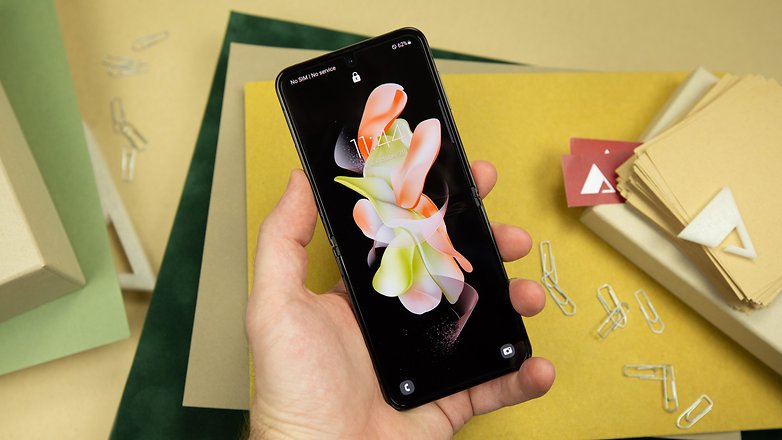
Like the predecessor, the Samsung Galaxy Z Flip 4's inner display measures 6.7-inches across diagonally and has a 1080 x 2640 pixel resolution. We are looking at an aspect ratio of 22:9. And the 120 Hz fast Dynamic AMOLED panel is bright and colorful. Thanks to the Motion smoothness feature (a fancy name for the adaptive screen refresh rate), navigation on the Z Flip 4 is quite fluid, but...
...as with the predecessor, there is a rather obvious crease in the Z Flip 4 display. And the problem is not even visual, but tactile, every time you run your finger over this crease you get a really unpleasant sensation—well, at least for the first two weeks until you get used to it. Apart from that, there are also no innovations in the outer display. As with the Z Flip 3, the outer screen once again comes in a 1.9-inch size and has a resolution of 512 x 260 pixels.

The convenience of the Z Flip 4's external display is very welcome. However, Samsung still offers limited ways of interaction, such as responding to text messages using only voice or emojis. For having a larger external screen, the Motorola Razr 2022 (see review) offers a keyboard, which ensures you do not need to open the device for easier and faster typing.
And speaking of opening the Z Flip 4, the hinge system does not allow the smartphone to be folded comfortably using just one hand. However, this is not a problem when it comes to doing so. Also, just like last year, the volume controls work perfectly in both folded and open modes, and the biometric sensor located on the power button is very accurate.
Software and User Interface
At launch, the Galaxy Z Flip 4 ran on Android 12, and the manufacturer promises major software updates up to Android 16 at the bare minimum. And based on this update policy, by the beginning of 2023 the device was already running on One UI 5.0 based on the Android 13.
Pros:
- Four guaranteed Android OS updates .
- Five years of guaranteed security updates.
- Full integration with the Samsung ecosystem.
Cons:
- Some apps have yet to be optimized for the flip screen, such as YouTube.
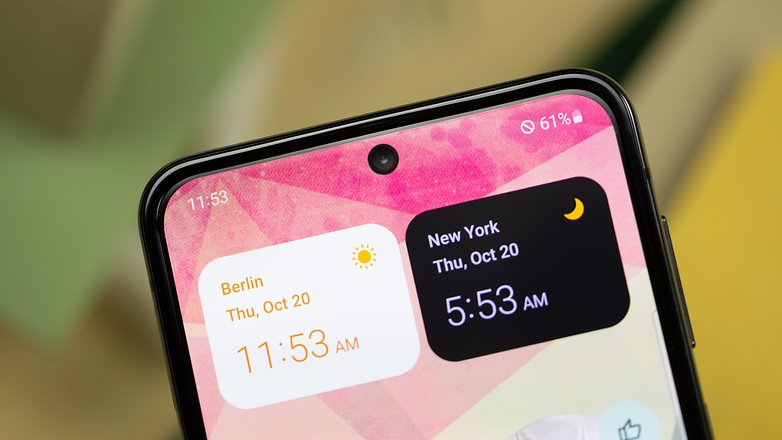
First, the external display on the Z Flip 4 allows you to reply to messages without having to flip it open. Through this, you can take advantage of pre-configured replies or via a voice message. Samsung also offers a few new themes to style your Flip to match your Galaxy Watch 5.
The camera app of the Galaxy Z Flip 4 now has a new portrait mode in which you can place the smartphone half-opened on the table and directly record portrait videos for TikTok.
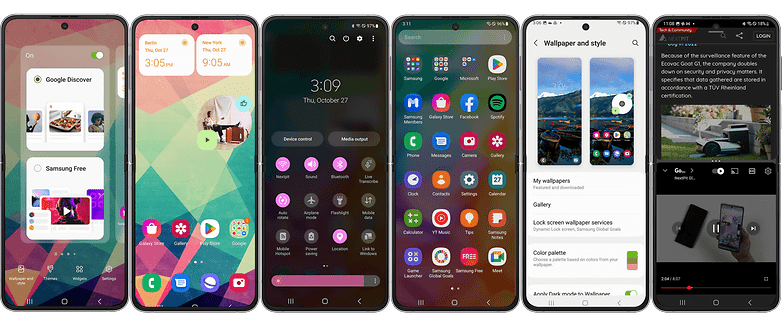
After the One UI 5 update, the Z Flip 4 integrated the wallpaper system colors more effectively. Samsung provided 16 new predefined color themes based on the Galaxy smartphone wallpaper and an additional 12 color options, tweaking the entire operating system from quick shortcut bar icons to settings.
Samsung also united the main Android customization tools with new lock screen customization options, creating a more intuitive system. This transition has made One UI 5 its cleanest and most intuitive interface to date. The software has also become smarter, with features like stacking widgets in the same field and navigating between them without having to leave the current screen.
Android 13 has introduced new Modes and Routines features on Samsung devices, similar to Apple's Focus Mode. Additionally, new security-related features have been added to Samsung's software, including a warning when sharing photos that contain potentially sensitive information, and Maintenance Mode, which allows for the blocking of access to data while devices are being repaired.
As of July 2023, Samsung has yet to deal with problems such as adapting apps like YouTube to the Z Flip 4's screen format, even though it has a very close relationship with Google. This is, by the way, one of the major criticisms regarding the software from Samsung's Flip smartphone owners that I frequently hear about. Let's hope to see a change in this issue in the coming days.
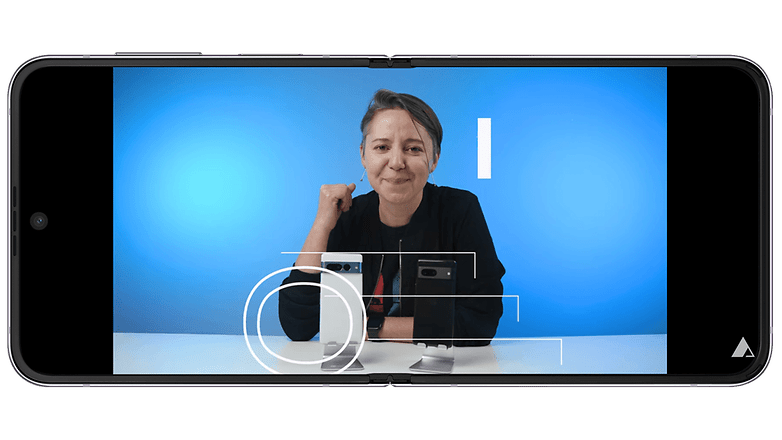
Samsung Galaxy Z Flip 4 performance
The Galaxy Z Flip 4 is powered by the Snapdragon 8+ Gen 1 SoC with 1 x 3.19GHz Cortex-X2, 3 x 2.75GHz Cortex-A710, 4 x 1.80GHz Cortex-A510, and the Adreno 730 GPU. As for memory, we have 8 GB of RAM and three variants of internal storage: 128, 256, and 515 GB. And these are serious hardware configurations, but given the compact form factor, the Galaxy Z Flip 4 experiences some thermal throttling when under stress.
Pros:
- Powerful hardware.
Cons:
- A dragon on a leash (limited performance) .
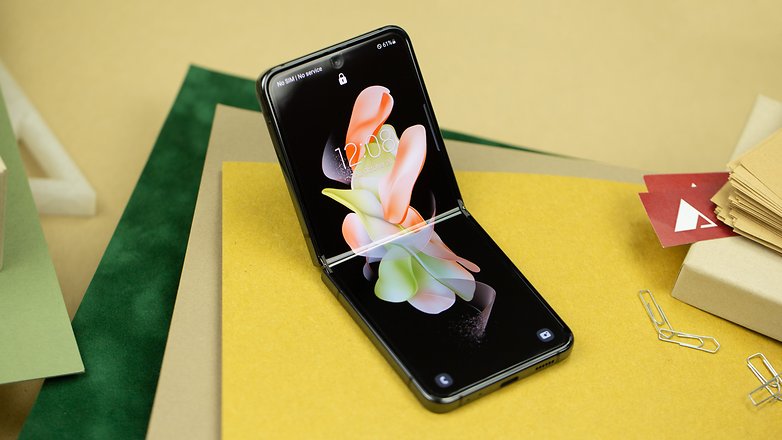
As we saw in the Galaxy Z Fold 4 review, the Snapdragon 8+ Gen 1 offers variable performance to avoid overheating issues. This becomes even clearer when we look at the 3D Mark Life Stress Test results of the Z Flip 4, since the difference between the best and worst loop is massive. Even 12 months later, we can still notice this difference:
| Samsung Galaxy Z Flip 4 (2023) (Snap 8+ Gen 1) |
Samsung Galaxy Z Flip 4 (2022) (Snap 8+ Gen 1) |
Samsung Galaxy Z Fold 4 (Snap 8+ Gen 1) |
Google Pixel 7 Pro (Tensor G2) |
Apple iPhone 14 Pro Max (Apple Bionic 16) |
|
|---|---|---|---|---|---|
| 3D Mark Wild Life | Too powerful | Too powerful | 8,611 | 6,527 | Too powerful |
| 3D Mark Wild Life Stress Test | Best loop: 10,586 Worst loop: 4,145 |
Best loop: 10,356 Worst loop: 4,948 |
Best loop: 10,332 Worst loop: 5,606 |
Best loop: 6,492 Worst loop: 5,876 |
Best loop: 9,599 Worst loop: 8,121 |
| Geekbench | Single: 1,309 Multi: 4,213 (v.6) |
Single: 938 Multi: 3,706 (v.5) |
Single: 1,332 Multi: 3,947 (v.5) |
Single: 1,050 Multi: 3,239 (v.5) |
Single: 1,885 Multi: 5,406 (v.5) |
As we can see in the image below, thermal throttling happens progressively, but it stabilizes fairly quickly. However, the device achieves a stability rate of 47.8% in the first test, and 39.2% in the second test. In this same benchmark, for example, the Pixel 7 Pro achieved a 90.5% stability rate, for example. At the risk of stating the obvious here: this is no surprise.

On a day-to-day basis, however, that doesn't mean you will have a bad experience! What happens is, Samsung doesn't seem to be able to get the best out of the Z Flip 4's hardware. This is the reason why I used the analogy of having a dragon on a leash when it comes to taking advantage of the Snapdragon 8+ Gen 1 SoC.
Samsung Galaxy Z Flip 4 camera
Speaking of cameras: Samsung has once again taken a step forward with the Galaxy Z Flip 4, although only in terms of quality and not quantity. We begin with the most unspectacular camera: The selfie camera above the inner screen is still located in a central notch and still has a resolution of 10 megapixels.
Pros:
- Takes good images under good light conditions.
- Great for selfies with the main camera.
- Excellent form factor for video capture.
- Offers RAW image capture option.
Cons:
- No telephoto lens.
- Ultra-wide angle lens (still) delivers noticeably distorted images.
- Over saturated images.
- Night mode photos undergo heavy processing.

I am opinionated that it is better to use the primary cameras for photos and selfies, of which there are two once again. The primary camera has a resolution of 12 Megapixels just like its predecessor.
However, the sensor has grown considerably larger with the pixel size increasing from 1.4 to 1.8 microns compared to the Z Flip 3. Even though Samsung itself has not officially confirmed it, we suspect it is the 12-megapixel sensor from the Galaxy Z Fold 3 here, namely the Isocell 2LD.
The ultra-wide angle camera in the Galaxy Z Flip 4, on the other hand, offers the same specifications as in the predecessor: Like the primary camera, the 12- megapixel sensor has a pixel size of 1.12 microns. Unfortunately, there is no telephoto camera in the Galaxy Z Flip 4, either.
My big criticism of the Z Flip 3 was certainly the lack of camera versatility, which was repeated in the Z Flip 4. And even though we can use the main camera for capturing selfies and videos, we don't see an investment or strides made in terms of software or advanced computational photography in this model. Hence, the camera remains the Achilles Heel of the Flip series.
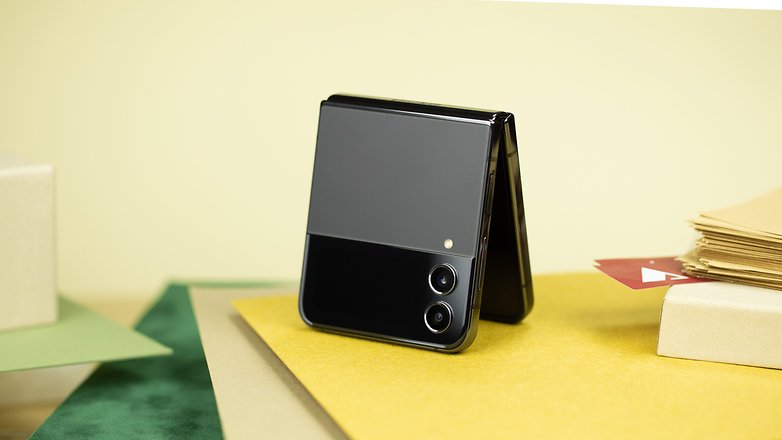
In well-lit environments or on bright sunny days, the Galaxy Z Flip 4 lets you get creative and delivers good-quality images. However, in some shots, the software processes the image so much that it becomes over saturated, losing color and contrast. At this point, the on-screen lighting controls can help.
Images taken using night mode clearly suffered from over processing, and you may have to vary the angle to obtain a reasonable image.
Samsung Galaxy Z Flip 4 battery
When it comes to the battery, the Galaxy Z Flip 4 has made a huge leap forward. The power capacity now stands at 3,700 mAh. According to Samsung, the more compact hinge was an important reason why there is now more room for the increased battery capacity in the chassis.
Quick Charging is now possible in the latest Flip at a maximum of 25 watts, which is good in comparison with the predecessor but still lags behind the market leaders in terms of charging speed.
Pros:
- Great improvement in the battery life .
- Wireless charging option.
Cons:
- No charger included.
- The charging speed is still slow.
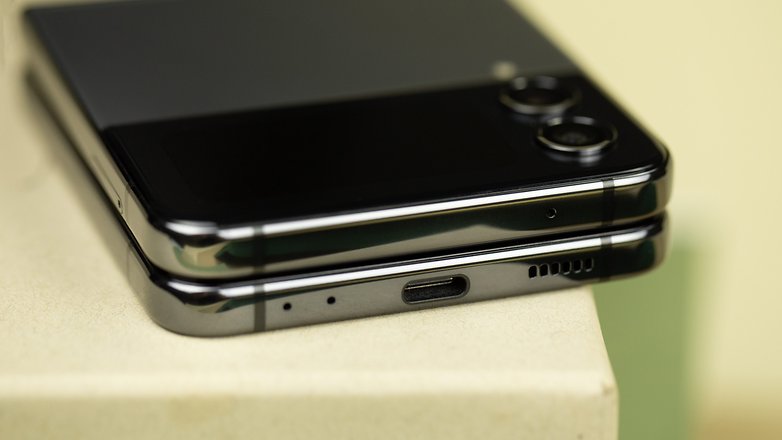
Unlike the previous generation, I was able to use the device for an entire day without having to worry about running out of battery at the end of the day. Even during a trip where I constantly used features such as the camera and mobile data, the smartphone held its charge. However, the screen was set to Standard mode, with a screen refresh rate of 60 Hz.
In our battery tests in the PCMark benchmark, the Galaxy Z Flip 4 reached 13h6m, which is a really positive result for a high-end smartphone. As a comparison, the Google Pixel 7 Pro achieved 14h35m (and has a capacity of 5,000mAh).
To fully charge the Z Flip 4, we still needed 1h20m to go from 0 to 100 percent. That is not bad for a Galaxy smartphone, but Xiaomi, Realme, and other companies can grin widely due to far superior charging speeds.
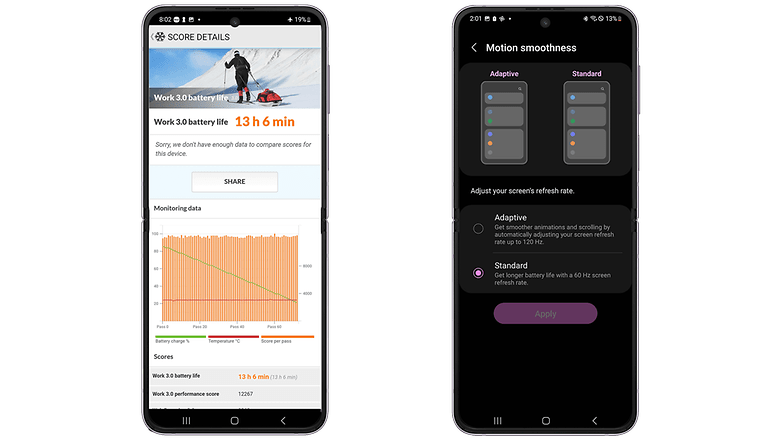
Samsung does not offer a charger in the box, but only a USB-C cable. However, we do have the option of wireless charging, which can be very useful to extend the usage of the smartphone without having to carry a charging cable with us all the time.
Samsung Galaxy Z Flip 4 technical specifications
| Samsung Galaxy Z Flip 4 | |
|---|---|
| Image | |
| Display | Main display: 6.7 inches, 22:9, Dynamic AMOLED FHD+ (2,640 x 1,080 pixels) Front display: 1.9-inch, Super AMOLED (260 x 512 pixels) |
| SoC | Qualcomm Snapdragon 8+ Gen 1 |
| Memory | 8 GB RAM | 128 / 256 / 523 GB internal |
| Software | Android 12 with One UI 4.1.1 Four Android upgrades Five years of software updates |
| Rear camera | Dual camera Main: 12 megapixels at 1/3.0", f/2.2 aperture Ultra-wide angle: 12 megapixels at 1:2.55", f/1.8 aperture |
| Front camera | 10 megapixels at 1/3.24", f/2.2 aperture |
| Battery | 3,700 mAh 25 W wired charging 10 W wireless charging |
| Connectivity | 5G, LTE, WLAN 802.11 a/b/g (2.4 GHz), Wi-Fi 6 (2.4 GHz + 5 GHz), Bluetooth 5.2, USB Type-C, GPS |
| IP | IPX8 |
| Colors | Bora Purple, Graphite, Pink Gold, Blue [Bespoke Edition] Front/Rear (Yellow, White, Navy, Khaki, Red), Frame (Silver/Black/Gold). |
| Dimensions | Closed: 84.9 x 71.9 x 17.1 mm Open: 165.2 x 71.9 x 6.9 mm |
| Weight | 187 g |
Final verdict
In my initial review of the Galaxy Z Flip 4, I posed a prompt question: "What would occur if Samsung faced stiff competition in the foldable smartphone category?" My thoughts haven't changed on this, but now I know that Motorola has invested in the foldable field since then, along with other Chinese manufacturers like Oppo.
Furthermore, according to a Counterpoint research, the global foldable smartphone market saw a 64% increase in Q1 2023, reaching 2.5 million units, despite a 14.2% decline in the overall global smartphone market. Although this growth was seen in all major regions, the Chinese foldable market specifically grew by 117% to 1.08 million units, even as the overall Chinese smartphone market declined by 8%. Can you see the trend?
The study highlighted that Samsung saw significant growth in the Chinese foldable market with the launch of the Z Fold 4 and Z Flip 4. However, a notable contributor to this growth was new foldable products such as the OPPO N2 and N2 Flip, which are making Chinese consumers more familiar with foldable products.
Samsung is facing more and better competition in the foldable field now. So, to answer my initial question: the next Galaxy Z Flip generation needs to implement changes in areas such as built-in displays and, especially, camera quality.
Motorola offers a better experience when it comes to the front screen on its clamshell-type foldables. And so far, only Google has delivered truly good camera quality with the Pixel Fold, as you can see in our review. By addressing these issues, Samsung has a great chance to succeed. And of course, it must maintain or elevate the battery life of the series.
Finally, how does the Galaxy Z Flip 4 compare to the competition 12 months later? Average! Samsung is definitely not shining as it used to in the foldable field. But perhaps this is a good thing. If you're interested in buying this device, I would say that it's still stylish, but not the best one out there by any means.
The Samsung Galaxy Z Flip 4 review was updated on July 21 to reassess some hardware and software performances before the release of the new generation on July 26.



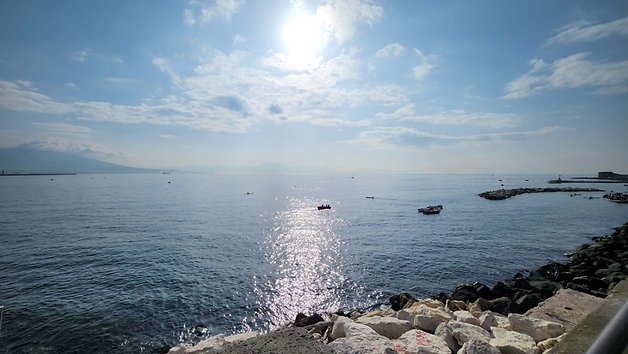




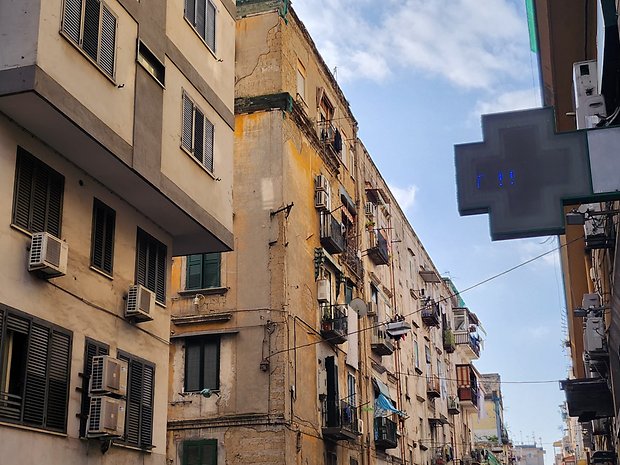
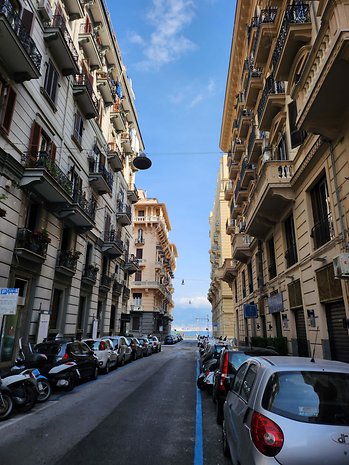


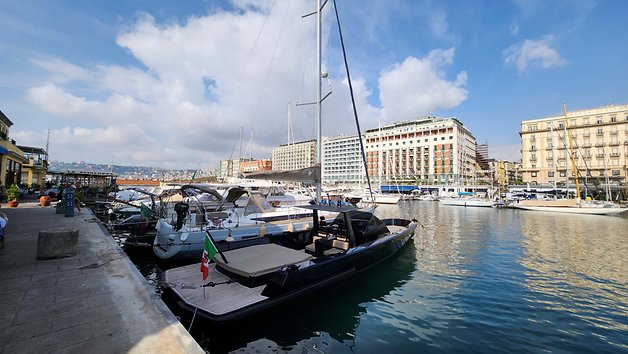

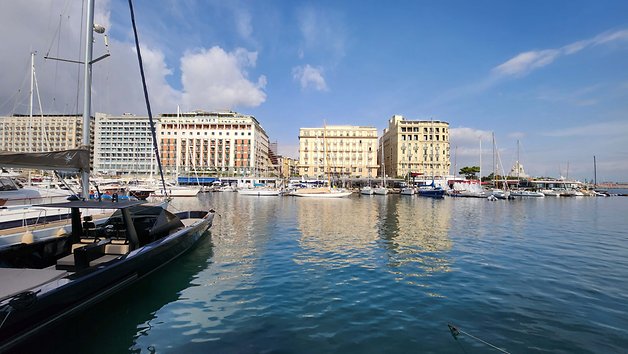

















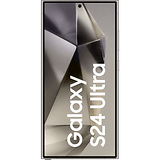
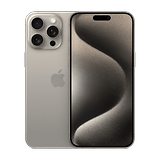


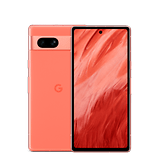


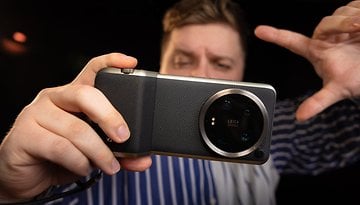

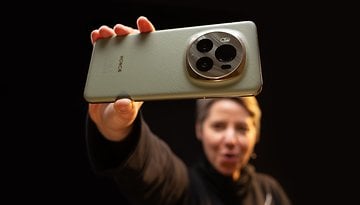
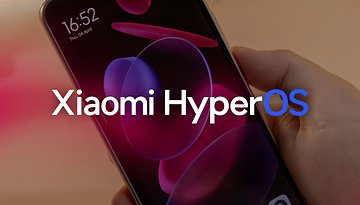
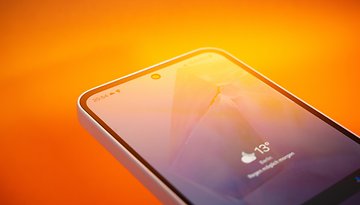
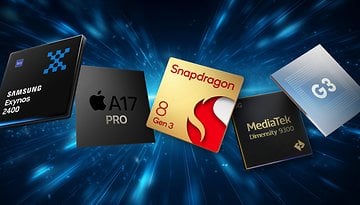

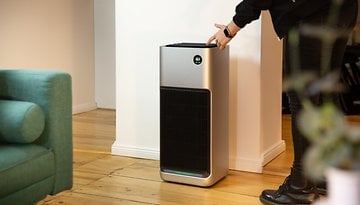

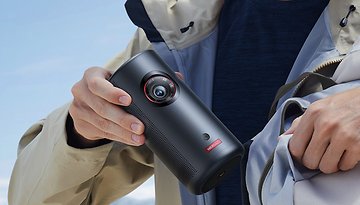

Recommended editorial content
With your consent, external content is loaded here.
By clicking on the button above, you agree that external content may be displayed to you. Personal data may be transmitted to third-party providers in the process. You can find more information about this in our Privacy Policy.